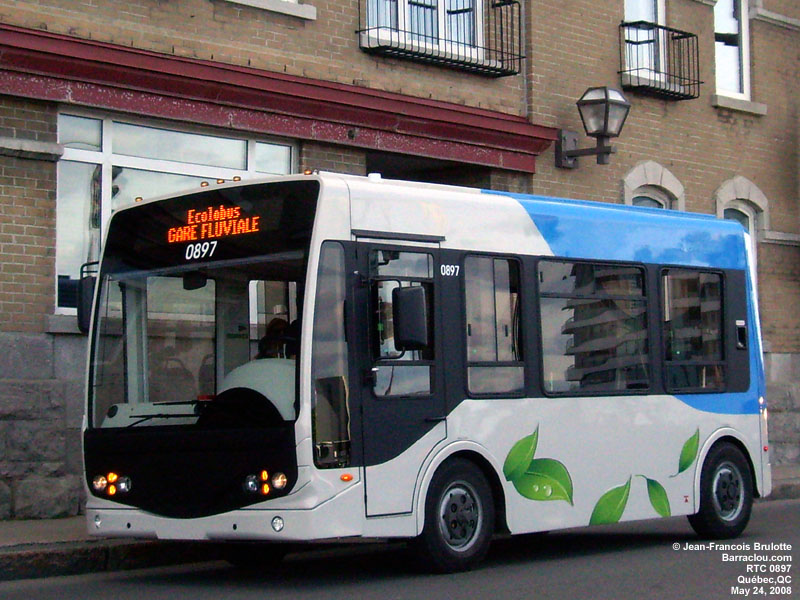There is a limit to bus ridership, beyond which buses bunch as you mention, but no bus route in Boston is even close to hitting it. New York has multiple bus routes in the 50,000 weekday riders region. Vancouver has a route with more than 50,000. These are all at the limit of what buses can do, with frequent bunching, but at the same time, Boston's busiest bus has 16,000 weekday riders.
This is actually something I've been wondering about for a long time.
How is it that Boston's busiest bus routes record so many fewer boardings than NYC? Is it counting methodology?
Don't tell me it's about city size -- bus ridership has to do with land use and local population, which is plenty transit-friendly in parts of Boston.
Maybe it's route length? I guess I should compare boardings per km.
The Silver Line on Washington Street runs basically a 60-foot bus every two minutes and it's packed, so it seems like it should be comparable to heavily used NYC buses.


